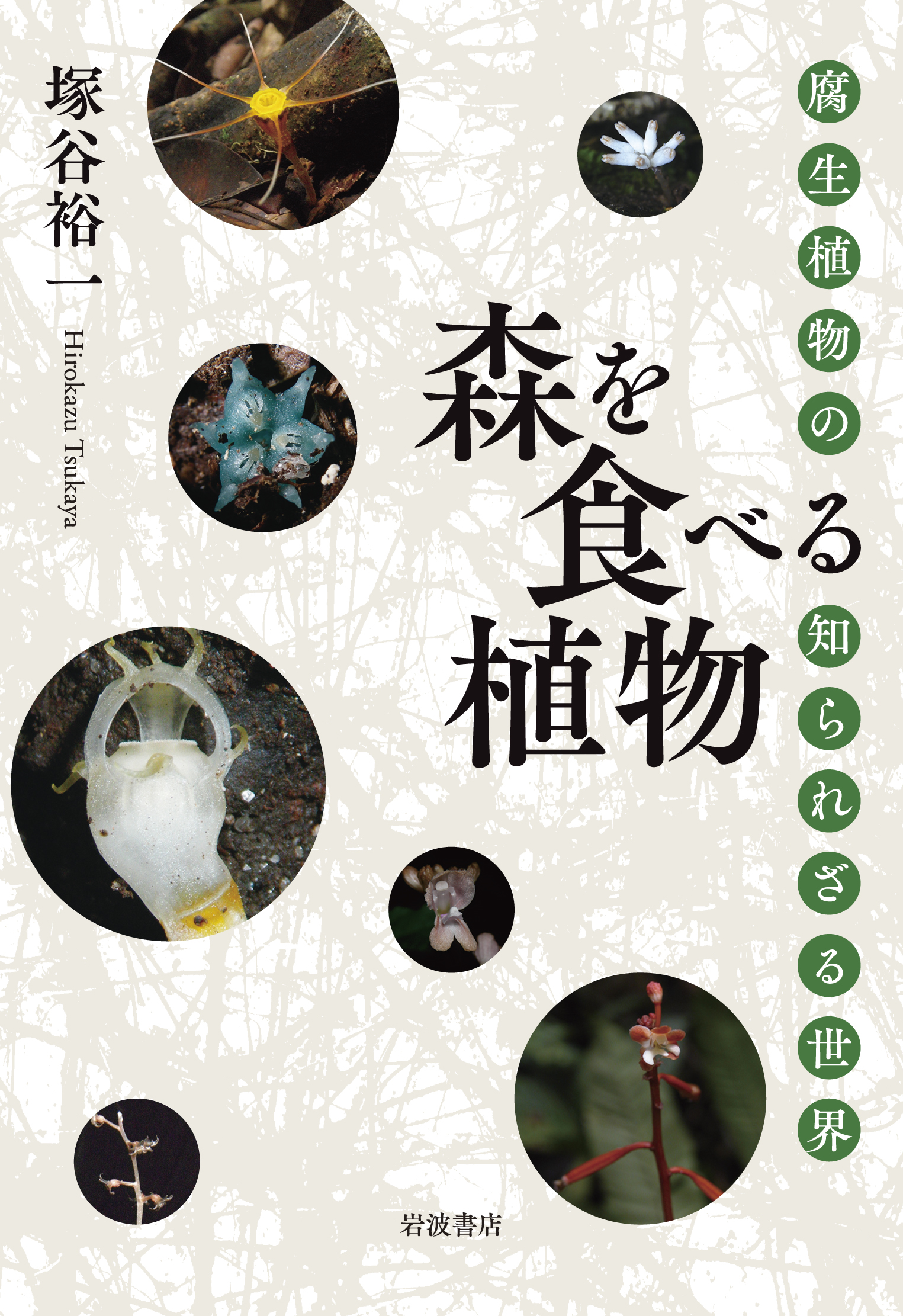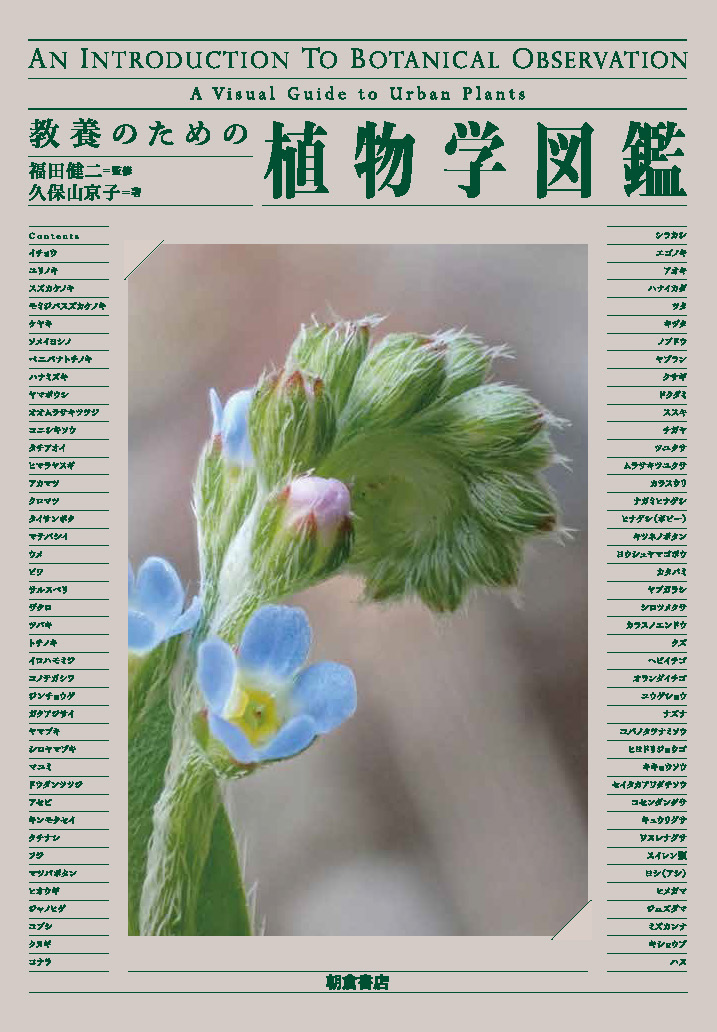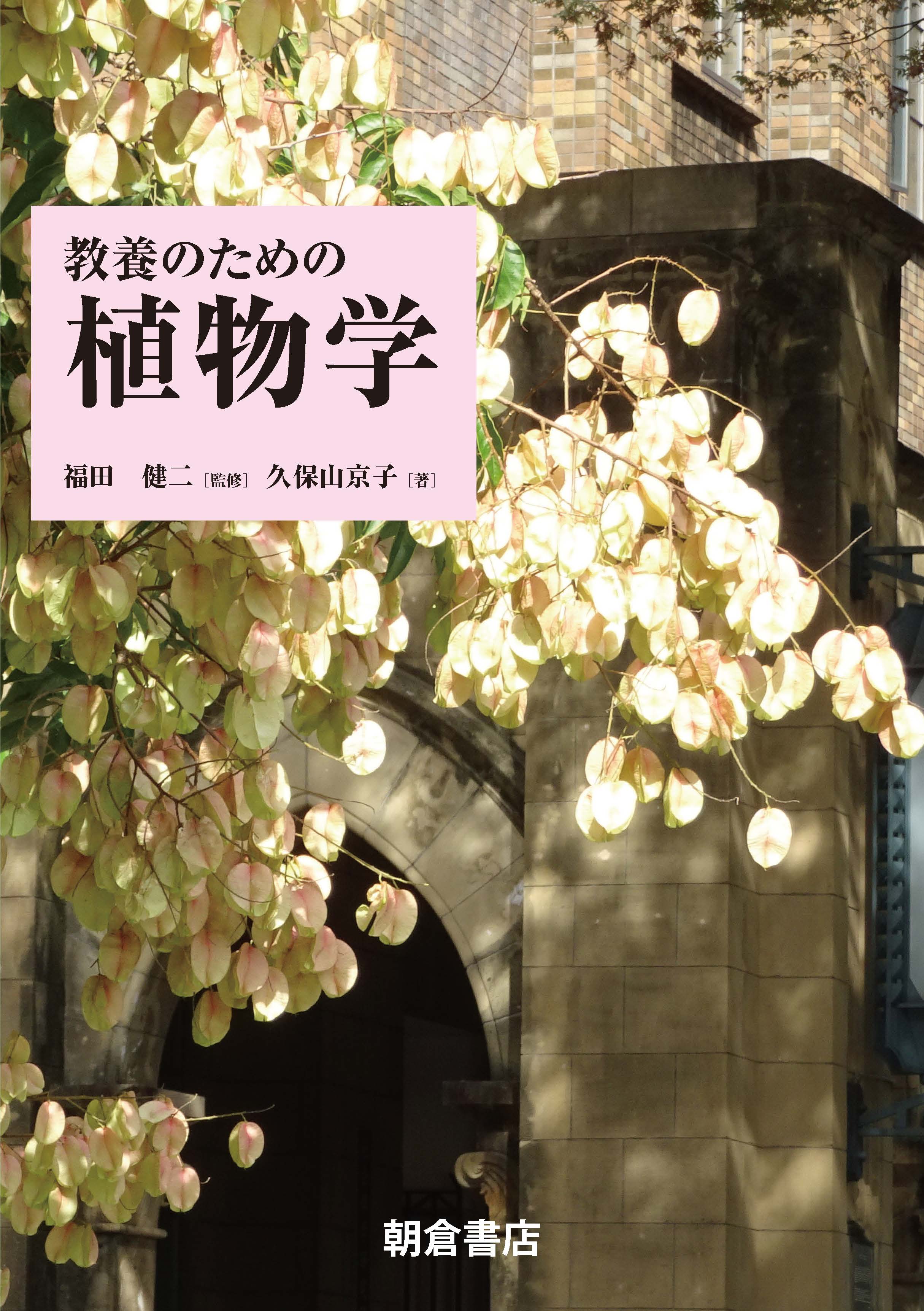
Title
Mori o taberu shokubutsu (The Plants that Eat the Forest - The World of Saprophytes)
Size
134 pages, 127x188mm, softcover
Language
Japanese
Released
May 12, 2016
ISBN
9784000060592
Published by
Iwanami Shoten
Book Info
See Book Availability at Library
Misc.
out of stock, only e-Books available
Japanese Page
Saprophytes are plants that were once thought to get their nutrition from decaying organic matter, much like mold. Old encyclopedias sometimes even claimed that if you dug up the root of a saprophyte, you would find a dead mouse. But the truth is that what these plants are "eating" is the very forest in which they grow. The roots of a saprophyte have a special ability to absorb and digest the mycelia (fungal filaments) found in mushrooms and other such fungi which are their primary source of nutrients. And the fungi that provide their nutrients in turn live on decayed forest leaves and branches, and sometimes, directly on living trees. A saprophyte “steals” the nutrients absorbed by fungi, thereby “eating” or taking in a part of the forest’s productive processes. In an effort to correct the mistaken assumption that they feed on decomposed organic matter, saprophytes are more often described these days as mycoheterotrophic plants meaning a symbiotic, or parasitic, association with fungi.
Because of the way in which they derive their nutrients, saprophytes have no green leaves. They do have flowers, however, and produce seeds, making them bona fide seed plants. Unlike ordinary plants, they have no need of sunlight for photosynthesis, and in the course of evolving, plants of many families have adapted to an independent saprophytic lifestyle. Without a need to form leaves, saprophytes display great creativity in their flowers with some taking on the form of an exotic sea organism. A typical example in Japan is Thismia abei (Akasawa) Hatus, a saprophyte with a peculiar flower known by the amusing Japanese name of tanuki no shokudai (“raccoon dog holding a candle above its head”).
Saprophytes appear on the surface only for the brief period in which they flower. The rest of the time they remain hidden underground. Because of this, new species are constantly being discovered, even in Japan which has the most thorough plant registries on the planet, and much about the strange plants is still unknown. In Borneo, which is said to have the highest species diversity per area on earth, there are believed to be so many unknown species that you are bound to discover a new species if you walk through a Borneo forest for a week or so. The author has actually done this, discovering, naming, and recording numerous new species, primarily in Borneo.
Given that saprophytes are “forest eaters,” they are excellent barometers of a healthy forest environment. A forest where saprophytes flourish is a good forest. This book also provides a guide on how to identify a “good forest.” Given their unique lifestyle, saprophytes are nearly impossible to transplant to other locations. Protecting the saprophytes of a forest is equivalent to protecting the whole of the forest’s environment. Seeking out and studying the numerous saprophytes that have yet to be identified and registered will deepen our understanding of our global environment, especially of the world’s forests.
This book introduces with a rich array of color photos the fascinating and as yet little explored world of the saprophyte and explains how to seek them out. It is the first book dedicated to saprophytes to be published in Japan. While the printed edition is currently out of stock, a digital version is available.
(Written by TSUKAYA Hirokazu, Professor, Graduate School of Science / 2021)
Related Info
Invitation to Science: The plants that eat forests – The mysterious and beautiful world of saprophytes (Tansei 36 June 4, 2019)
https://www.u-tokyo.ac.jp/focus/en/features/z1304_00080.html



 Find a book
Find a book


 eBook
eBook

